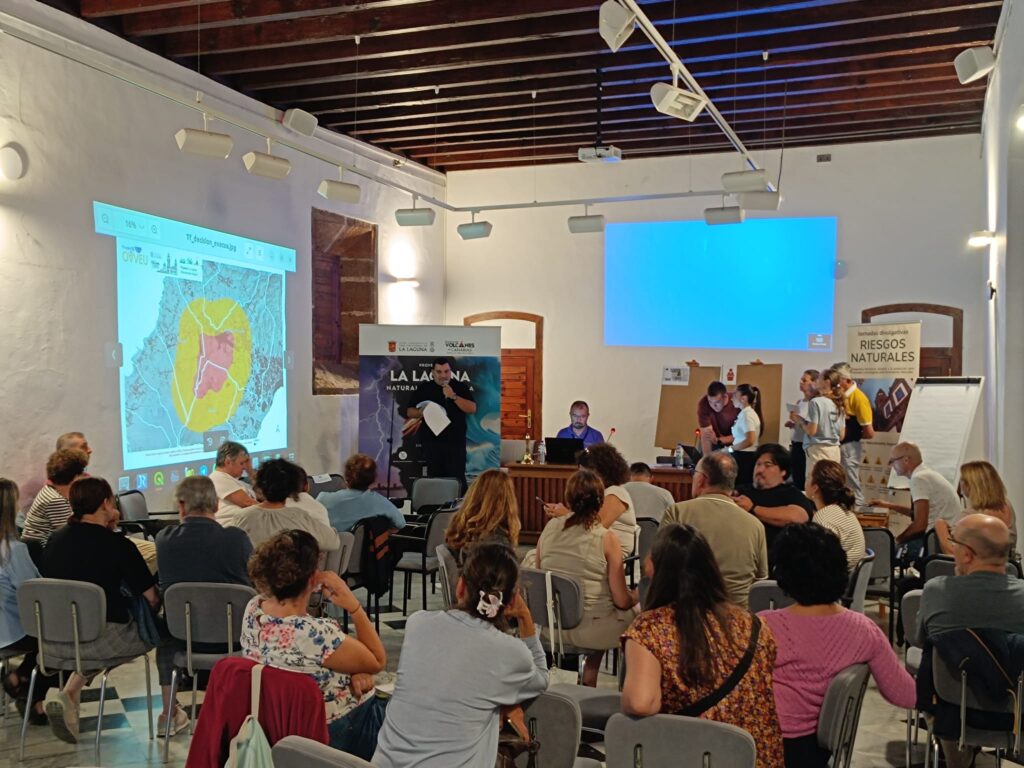
SANTA CRUZ DE TENERIFE, Nov. 24 (EUROPA PRESS) –
These days Tenerife becomes the center of world research on subterranean termites with the celebration of the first International Congress on this pest that takes place at the Telesforo Bravo Visitors Center, in La Orotava with more than a dozen specialists from the United States , Canada, Switzerland, the United Kingdom, Portugal, Chile, and Spain, specifically from Córdoba and La Laguna.
This congress will take place this Thursday and tomorrow Friday and will address concepts such as the management of termite pests, insect biology, similar pests in other territories, in addition to exposing success stories and of course field visits to places of the island where there is a presence of ‘Reticulermes flavipes’.
Isabel García, Councilor for Natural Environment Management and Security of the Cabildo de Tenerife, indicated at the inauguration of the Congress that from the experience of fighting this plague during these four years, it is necessary to “share the experience and rationalize it, learn from mistakes and hits, to prevent a plague from being allowed to reach these dimensions again and generate the risks that it has caused”.
The counselor also stressed the importance of “learning from the experiences of other parts of the world and paying more attention to the problems derived from similar situations, since climate change and the successive crises of biodiversity are already evident, and are not rule out new risks.
For this, he said, “since 2020 the Cabildo has prevailed in its budgets for the eradication of this plague, and requested from the Government of the Canary Islands an amount similar to that dedicated by the insular institution, given the scope of the expansion that the insects had developed”.
Isabel García stressed that taking into account all the factors and if the budget is consolidated and a constant commitment is obtained, the termite could disappear from Tenerife in five or ten years.
For his part, the regional councilor for Ecological Transition, José Antonio Valbuena, highlighted that the control project for this type of termite in Tenerife has been an example of inter-administrative collaboration and stressed that thanks to the great work and involvement of technicians from all In the administrations involved, significant progress has been made in all the outbreaks detected, both in Tenerife and Lanzarote, the latter in 2020.
He also recalled that the Ministry will continue to collaborate financially with this initiative, as it has done in recent years, contributing up to one million euros in 2022.
Together with the counselor, the regional vice counselor for the Fight against Climate Change and Ecological Transition, Miguel Ángel Pérez, attended the presentation.
A CONSTANT STRUGGLE IN THE LAST FOUR YEARS
The fight against ‘reticulitermes flavipes’ in Tenerife has materialized vigorously in the last four years and after having been identified more than ten years ago, it was not until 2019 when planned work began against its expansion.
Currently, the Cabildo has deposited these works in a commission to the company Tragsatec, with a budget of more than 2 million euros in the years 2022 and 2023. Of these, 50% is an island contribution and the other 50% from the Government of the Canary Islands
The American subterranean termite, ‘Reticulitermes flavipes’, has been included in 2020 in the Spanish Catalog of Invasive Alien Species at the request of the Cabildo de Tenerife and the Tacoronte City Council.
In Tenerife it has found optimal agroclimatic conditions, as well as a series of ecological factors that facilitate its expansion.
There are no predators of this species on the island, and for this reason it is generating a behavior in the species that is sometimes anomalous compared to other territories.
In the current phase of the project, some 24,000 control points are installed in the territory, of which some 8,500 are loaded with biocide.
There are foci of this insect in Tacoronte, La Laguna, Arona, Santiago del Teide and Adeje, the hottest spots of activity being some neighborhoods of Tacoronte and the new foci found in Adeje.
In addition to direct work with insects, this assignment develops early detection and rapid intervention actions, through which any citizen can notify the possible presence of the species.
After the notice, a team is mobilized to check if it is the species, and in that case the necessary treatment is carried out to guarantee the elimination of the population.
















